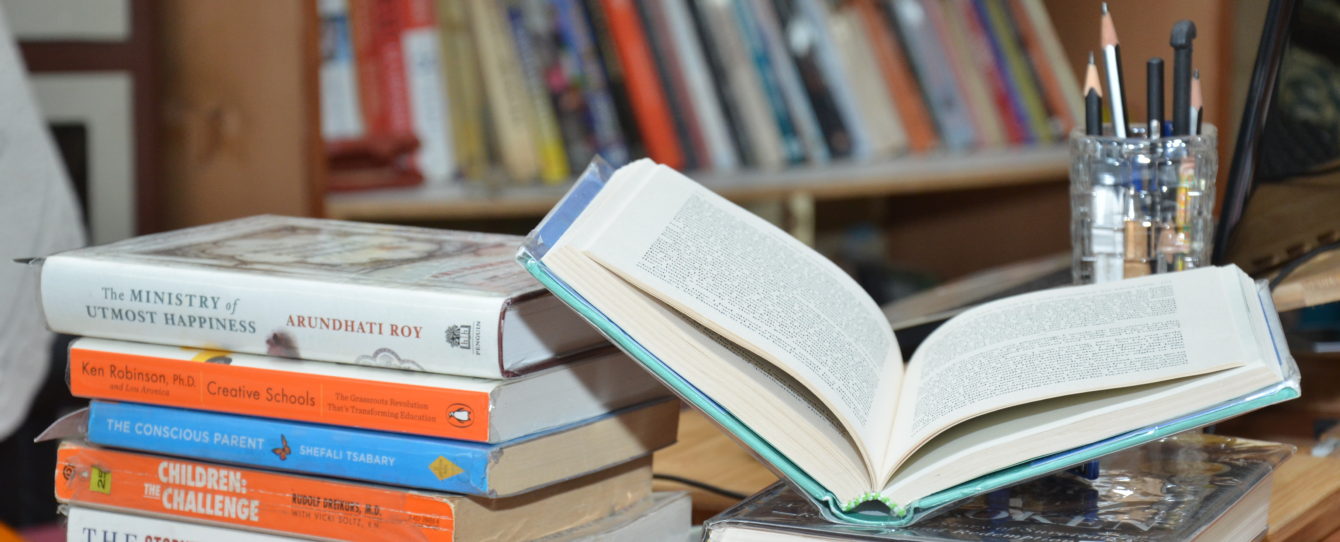For over three decades, reading became a daily ritual I can’t go without, even for a day. The healing habit I became passionate about in many ways just by observing how my father used to sit down with journals in the early hours and late at night. It was a daily brief seeing him poring over the volumes of physics, chemistry, and mathematics. I feared him much when I was young, but the respect for his intellectual humility has been infused as a permanent ligament in my body as I grew up. I found him breathing in the complicated fumes, formulations, and notations humming alive under his intense, bespectacled eyes. These recollections always jump alive – whenever I get lost, years later, in my mood swings.
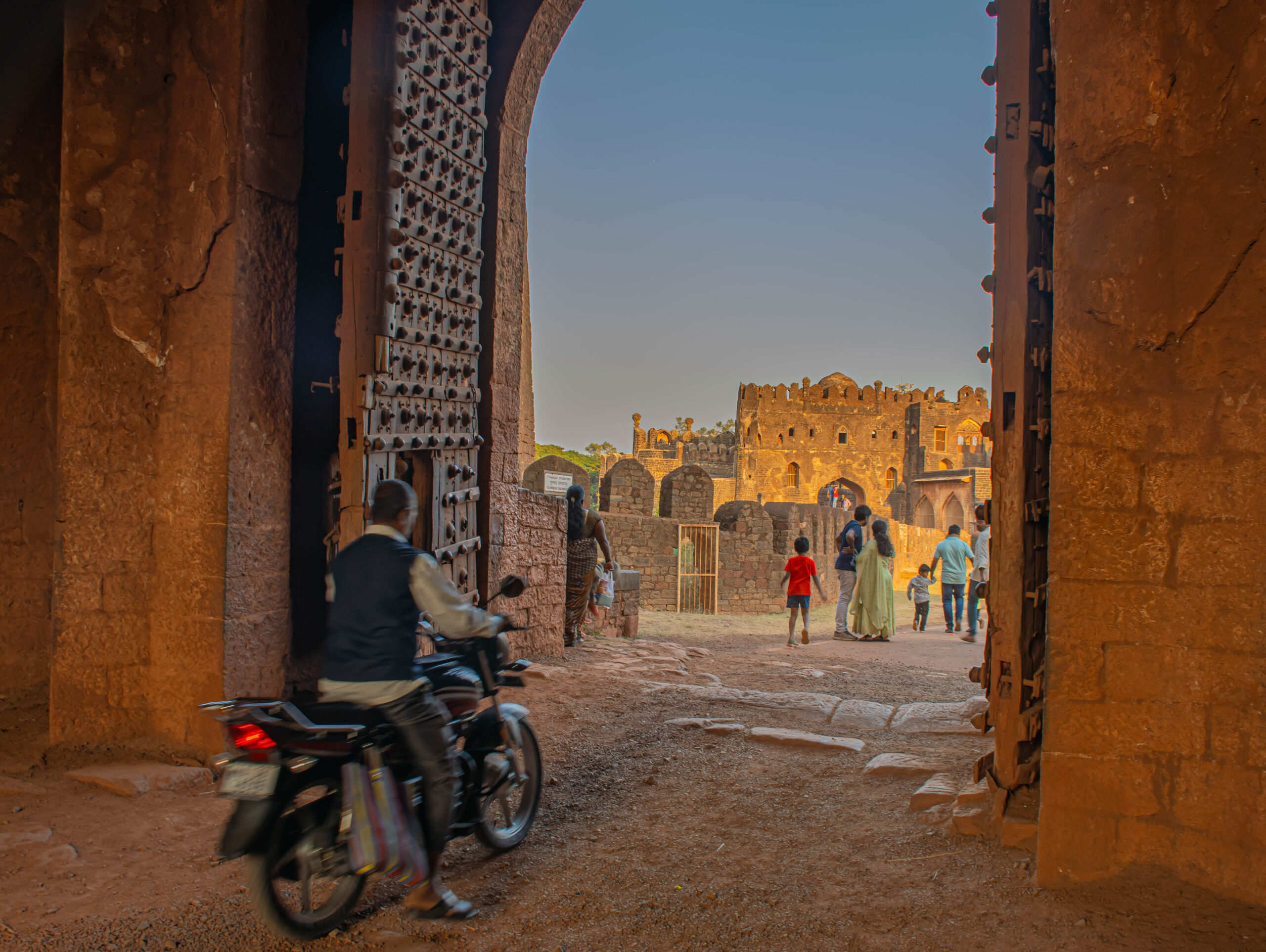
These three decades back, nostalgic memories are like a dream I keep returning to trigger brighter sparkles into my grey-bearded age.

Sadly, I never enjoyed my father’s favoured presence for long since he hurried himself to rush to meet his last moments at an early age. But what I have accepted of him persisted – the joy of reading.
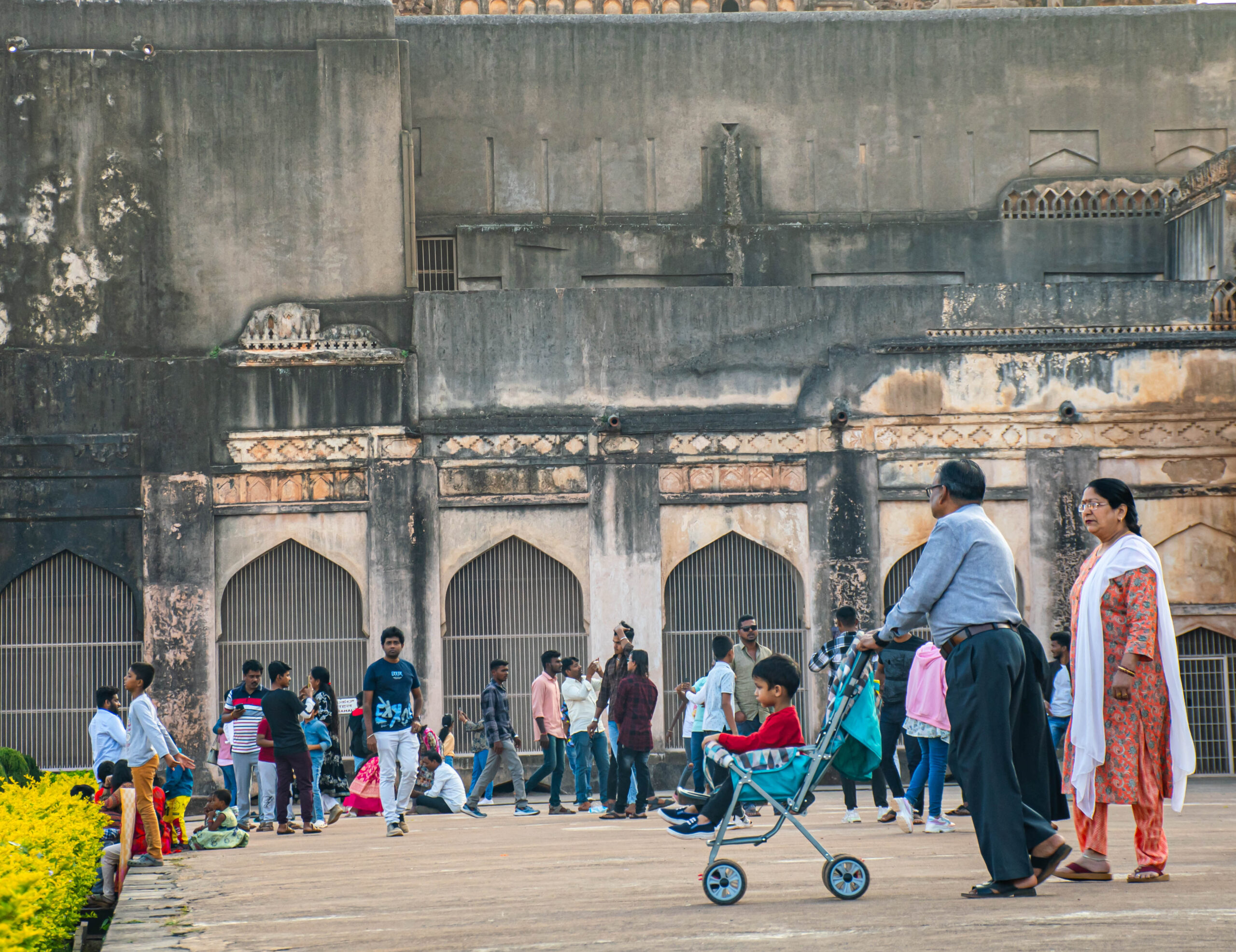
Since then, books have become a part of what I am today. I became so obsessed and savoured pages from diversified genres – a practice that became a compass to guide how I think and how to live better and trust my instincts as the source of my happiness and that of my family. Time-tested books spoke their words, helped me understand my emotions, and threw light on the power of self-awareness that I would not have known otherwise. Such many guiding gifts are always there, waiting on the stacked bookshelves – again, the precious volumes gifted by my father. Sometimes, before I sleep, this thought sings a familiar sound of satisfaction; ‘the pages I open every day breathe and weave a few threads of something I learn of new intuitions. A few practices of day-to-day acts help my outlook and some nice manners as soul mates that cheer up my retiring days.’

Three months ago, I chanced upon a novel, “The Covenant of Water” by Dr. Abraham Verghese. I noticed this 700-hundred-page bulk when it was on the recommended reads list by Oprah Winfrey. The novel’s central theme, rooted in Southern India, got me instantly going for it.
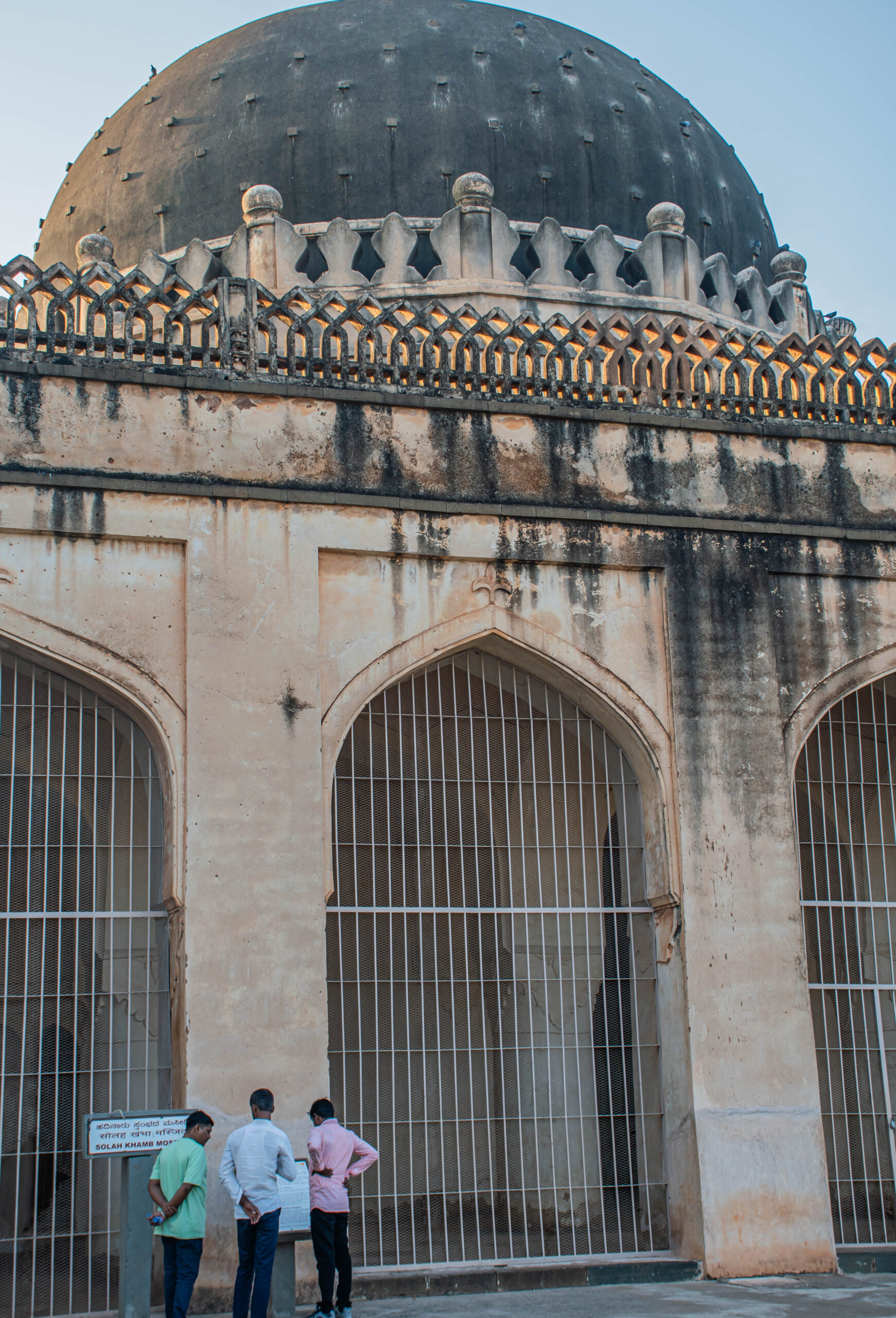
It is an expansive, multi-generational tale of an Indian family whose members suffer from what is termed the “Condition.” From the story’s opening in 1900 to its close in 1977, this condition leads to the death by drowning of many members of the family, usually male. The entire narration weaves around a family led by Big Ammachi – the family matriarch looking after the estate at Parambil in the southern region of Kerala.
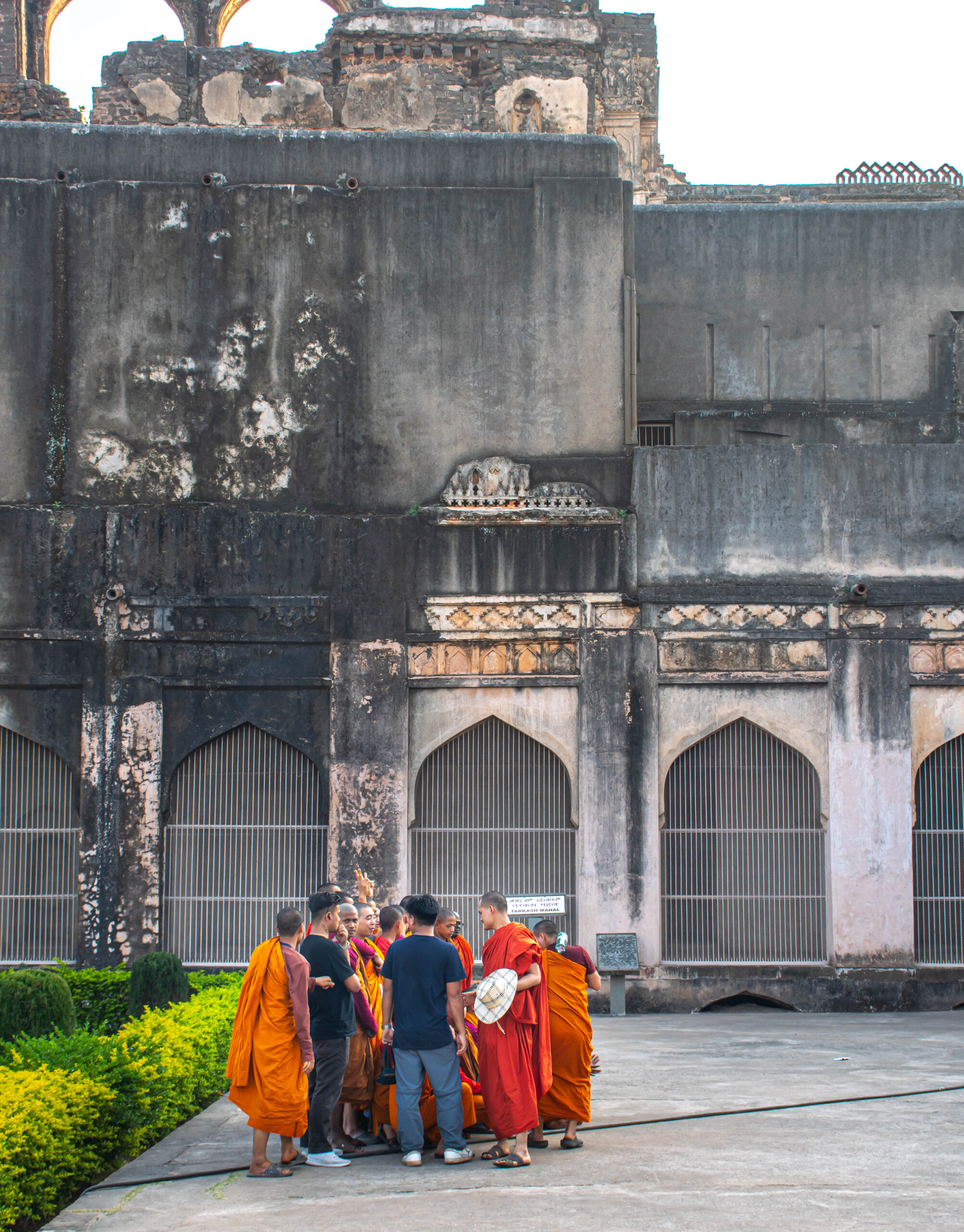
This recently published novel, the New York best seller, delves deep into the caste system, the discrimination, and the belief system in the small Christian community of the village Parambil, where the novel’s main characters are unveiled. The British colonial presence colliding in the confused, congested streets of the vintage Madras state strikes a sentimental tone. It reveals much about Indian politics, culture, and history in the many pages of the novel.

As a physician, Dr. Verghese reveals with a keep graphic eye the episodes involving illness, surgery, and recovery of some of the story’s lead characters. Further, it showcases sweeping themes of love and loss, of faith and distrust, of resignation and restoration.
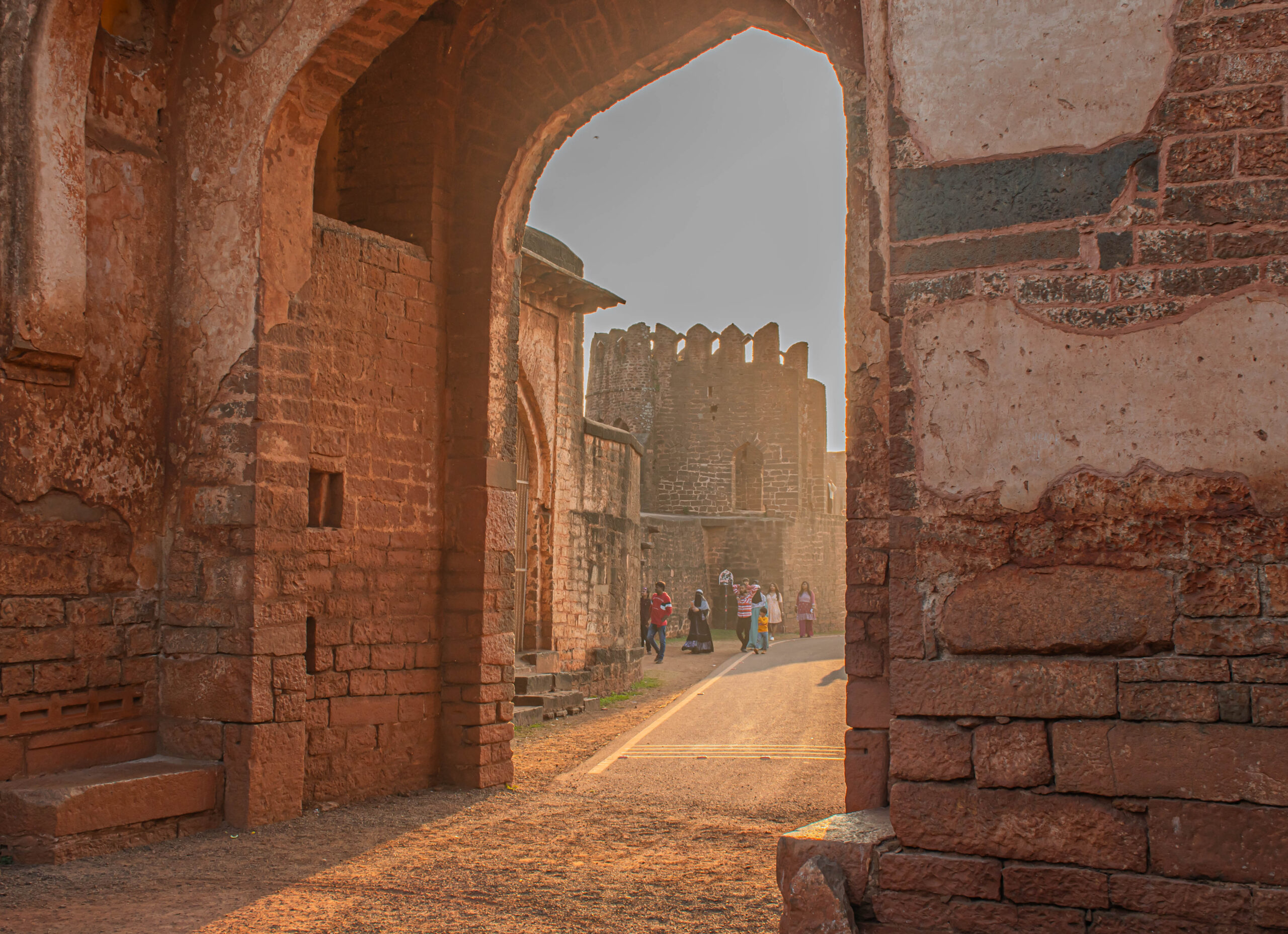
Of all the 84 chapters, in the first 50, my pace was slow, but in the later chapters, I could race in a faster way. Altogether, it was a three-month marathon gluing myself to the digital edition before I breathed a satisfied relief after reading the last paragraphs. I was at Bidar, then, a north-eastern historical city of Karnataka state. It was a three-hour drive from Hyderabad. I was enjoying a family get-together with Kaushal, my grandson and his father, my son Aditya and daughter-in-law Deepti, and my daughter Neelima on a brief retreat from the US.
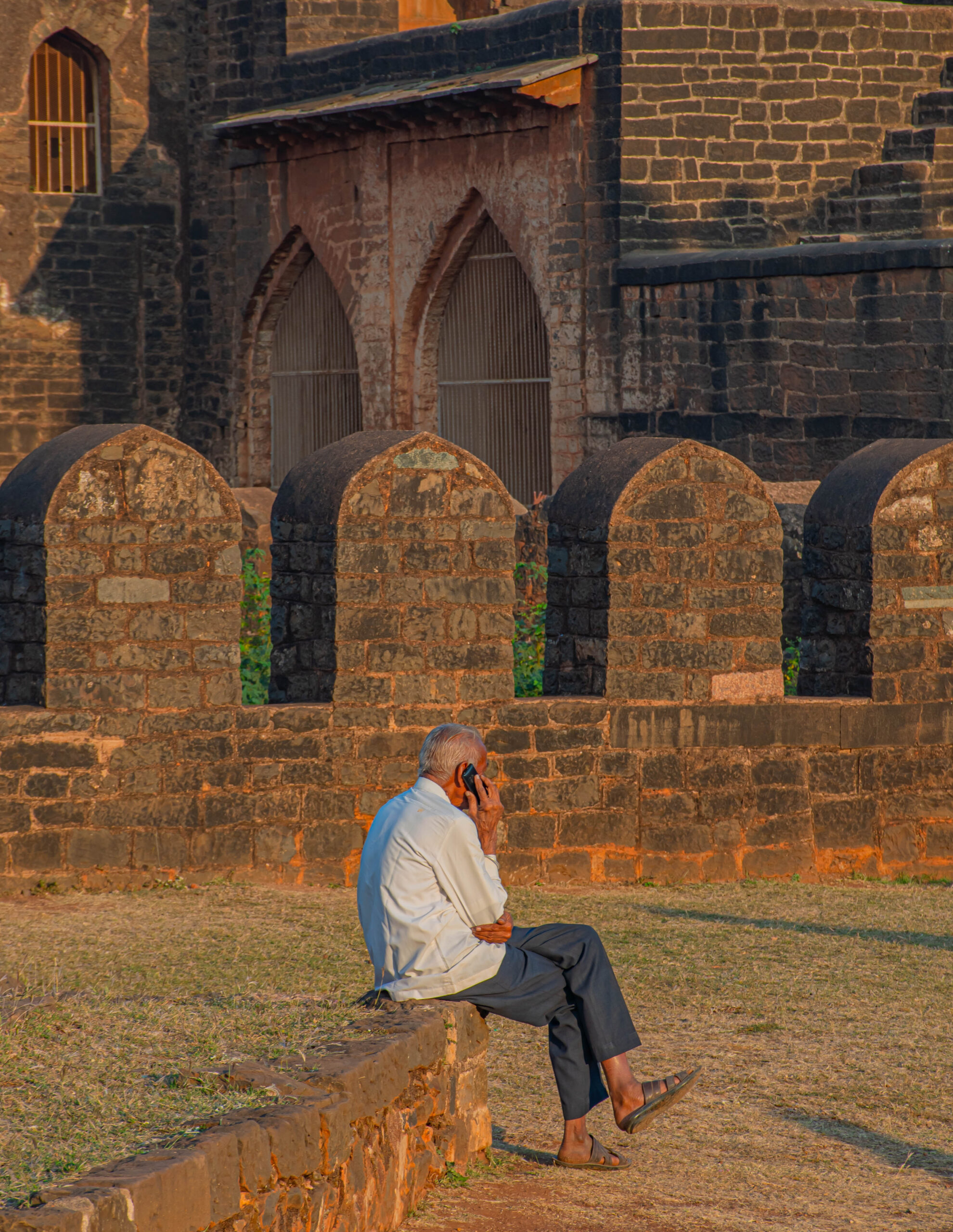
Some unknown buoyancy seeped under my feet after I concluded the final chapter. It felt as if they were immersed in a river’s calm, flowing water. Coupled with filial chattering while walking inside the historical ramparts of the Bidar fort, the lingering good taste of the literary sense of this 700 hundred pages and seven decades of family chronicle and the novel’s finale has given me a feeling of indulgence. Strolling among the ancient remnants, it felt like I was time machined into a Pre-British colonial setting, something mentioned in the novel, to click a few crumbling walls of weathered stone shining in the late evening sun – the relics of the Bahamani Kingdom. I couldn’t ignore the irony. Hundreds of visitors –in their unmissable ‘selfie postures and poses’ – the rich past heritage is only a backdrop for their present visual pleasures.
